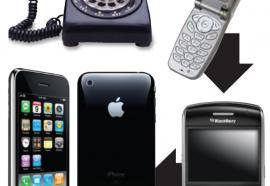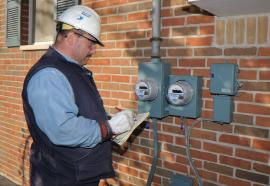The Social Utility
Mastering multi-channel communications for customer service success.
Utilities across the country are experimenting with various new ways to communicate with customers—from Twitter feeds to text alerts. But few utilities have figured out how to integrate new media channels into a coherent customer engagement approach. A multi-tiered strategy will best serve the needs of customers—and the utility.











